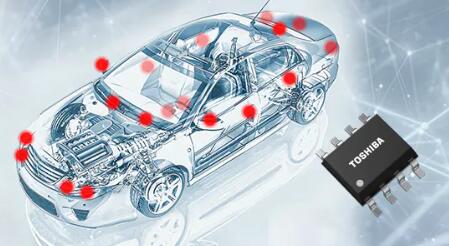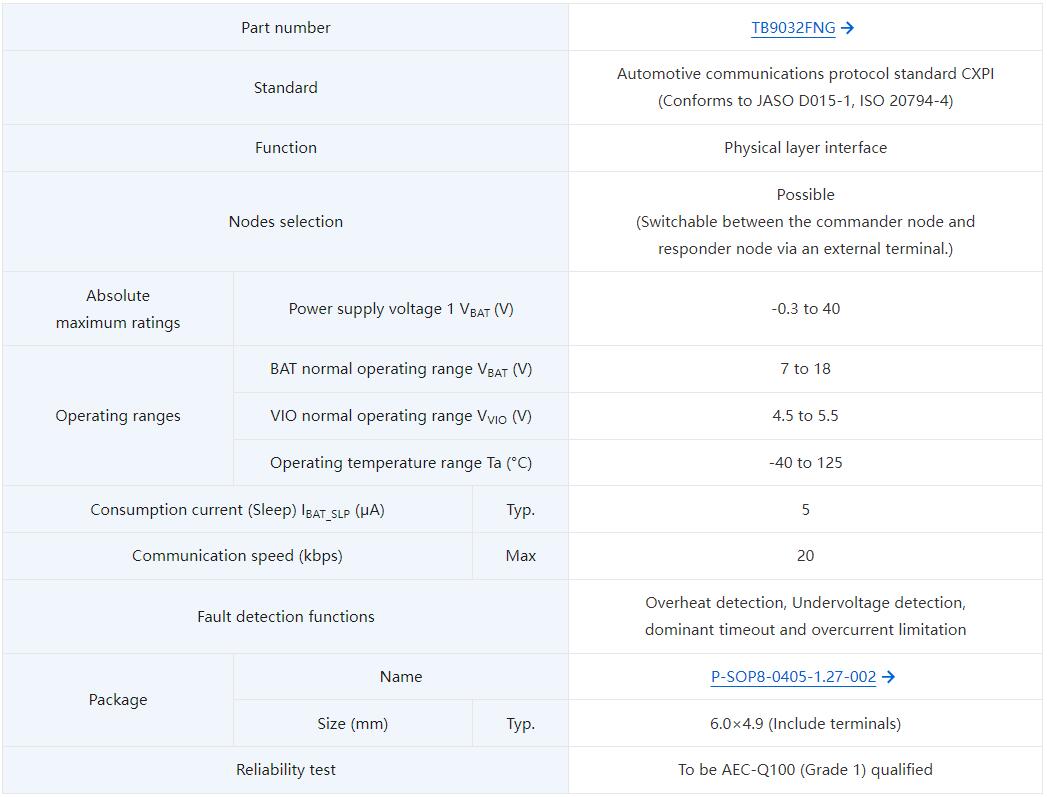Manufacturers
- Abracon
- Adam Tech
- Aerospace, Defense & Marine
- Agastat
- AIC
- AKM Semiconductor
- Alcoswitch
- Allegro
- Alps Electric
- Altera
- AMI Semiconductor
- AMP
- ams
- Analog Devices (ADI)
- Aptina Imaging
- Atmel
- Avago / Broadcom
- AVX
- Axicom
- Bccomponents
- Beyschlag
- BI Technologies
- Bourns Inc.
- Bowei Integrated Circuits
- Bridgelux
- Buchanan
- California Micro Devices
- Catalyst Semiconductor
- CGS
- Cirrus Logic
- Citizen Electronics
- CML Microcircuits
- Coiltronics
- Cooper Bussmann
- Corcom
- Core Logic
- Cree
- CSR PLC
- CTS
- Cypress Semiconductor
- Dale
- Data Image
- Deutsch
- Diodes Incorporated
- DOMINANT Opto Technologies
- E-T-A
- Eaton
- ECS
- Edison Opto
- Elcon
- EPCOS
- Epistar
- Epson
- Everlight Electronics
- Exar
- Fairchild Semiconductor
- FCI
- Freescale Semiconductor
- Fremont Micro Devices (FMD)
- Fujitsu Semiconductor
- Fulltech Electric
- General Semiconductor
- Harvatek
- Holsworthy
- Hsuan Mao Technology
- IDT
- Infineon Technologies
- Innolux
- International Rectifier (IR)
- Intersil
- IRC
- ISSI
- IXYS-IC
- Jing Cheng Electronical
- JL World
- Johanson Dielectrics
- Johanson Technology
- JRC / NJR
- JST
- KEC
- Kilovac
- Kingbright
- Kyocera Industrial Ceramics
- LEDiL
- Linear Technology / ADI
- Lite-On Technology
- Littelfuse
- Lumex
- Lumileds
- Luminary Micro
- Luminus Devices
- Macronix
- Maojwei / ZJPT
- Maxim Integrated
- MCC
- Mean Well Enterprises
- Microchip Technology
- Micron
- Microsemi
- Mini-Circuits
- Molex
- Murata Manufacturing
- Murata Power Solutions
- MWT
- National Semiconductor
- Nichicon
- Nippon Chemi-Con
- NJR / JRC
- NVE
- NXP Semiconductors
- OEG
- Omnivision
- ON Semiconductor
- Optek Technology
- Optrex
- OSRAM Opto Semiconductors
- OTAX
- Panasonic
- Peregrine(pSemi)
- Potter & Brumfield
- Power Integrations
- PowerStor
- Preci-Dip
- Prewell
- Products Unlimited
- Pulse Electronics
- PulseCore Semiconductor
- Qorvo
- Raychem
- Renesas Electronics
- RFMD
- Richtek Technology
- ROHM Semiconductor
- Rubycon
- Samsung Electro-Mechanics
- Samsung Semiconductor
- Schaffner
- Schrack
- Seiko Instruments, Inc. (SII)
- Semtech
- Sensata
- Seoul Semiconductor
- Sfernice
- Sharp Display
- Sharp Microelectronics
- Silicon Labs
- Siliconix
- Skyworks Solutions
- SoniCrest / JL World
- Spansion
- Sprague
- Stanley Electric
- STMicroelectronics
- Sunny Electronics
- Susumu (SSM)
- Taimag
- Taiyo Yuden
- TDK
- TDK-Lambda
- TE Connectivity
- Teccor
- Texas Instruments (TI)
- Thin Film
- Tianma Micro-electronics
- TOCOS
- TOKO
- Toshiba Electronic Components
- TT Electronics
- Tusonix
- TXC
- Tyntek
- Vishay
- Vishay Precision Group
- Vitramon
- Walsin Technology
- Weidmuller
- Welwyn
- Wickmann
- Winbond
- Xilinx
- Yageo
- Zetex Semiconductors
- ZJPT / Maojwei
News
Launch of Automotive CXPI Communication Driver/Receiver IC that Contributes to Wiring Harnesses Reduction
2025-03-27 | Return
Toshiba Electronic Devices & Storage Corporation has launched TB9032FNG, the first product of an automotive driver/receiver IC for the physical-layer interfaces defined in the Clock Extension Peripheral Interface (CXPI), the standard for automotive communications protocols. The new product, TB9032FNG facilitates CXPI communication by combining it with an MCU that has a built-in CXPI controller.
The electrification of automobiles is increasing the number of electronic components in automotive systems, adding to their complexity, and vehicle weight, as more wiring harnesses are required. As a solution to this issue, CXPI, which can reduce wire harnesses through multiplex transmission in-vehicle communication technology, is attracting attention as a communication standard suitable for sub-networks in automotive body applications, combining low cost and high responsiveness.
TB9032FNG can be switched between the commander node[1] and responder node[2] via an external terminal, applying any node of CXPI. Additionally, it is equipped with fault detection functions such as overheating detection and low voltage detection, ensuring the safety required for automotive applications. Furthermore, it features consumption current (Sleep) (IBAT_SLP) of typical 5μA[3], with low power consumption on standby.
The new IC also has passed CXPI Physical Layer (PMA[4]) test[5] and provides performance conforming to the standards. Furthermore, it has been designed to be conformed to AEC-Q100 (Grade 1), a qualification standard for automotive electronic components.
The package adopts the standard SOP8 package (6.0×4.9mm), allowing for efficient mounting in limited space.
Toshiba will continue to develop CXPI support products for automotive body applications to meet the growing needs, contributing to the advancement of automotive network solutions.
The package photograph of automotive CXPI communication driver/receiver IC that contributes to wiring harnesses reduction.
Notes:
[1] Commander node: A node that controls communication. Determines the communication timing and instructs other nodes to send and receive data.
[2] Responder node: A node that sends and receives data based on instructions from the Commander node.
[3] Measuring conditions: VVIO=4.5 to 5.5V, VBAT=7 to 18V, Ta=-40 to 125°C, NSLP=L, TXD=H, BUS=VBAT
[4] PMA (Physical Medium Attachment): Sublayer of the physical interface that controls the wave shaping defined by ISO 20794.
[5] Passed CXPI physical-layer test (ISO 20794-7 [8 Physical layer conformance test plan (PMA - PS separate type)]) conducted by a third party (Advanced Data Controls Corp.).
Applications
Automotive equipment
* Body control system applications (Steering switches, meter cluster switches, light switches, door locks, controlled door mirrors, etc.)
* Zone ECU[6] interface
Note:
[6] Zone ECU (Electronic Control Unit): One of the architectures that categorizes ECU and manages communications based on their physical location in a car.
Features
* Physical layer interface conforming to CXPI, the standard for automotive communications protocols
* High-speed response (compared with LIN[7]) suitable for automotive body applications (steering switches, light switches, etc.)
* Switchable between commander node and responder node via an external terminal
* Various fault detection functions (overheat detection, low-voltage detection, dominant time-out and overcurrent limitation)
* Low consumption current (Sleep): IBAT_SLP=5μA (typ.)
* Widely used SOP8 package
* To be AEC-Q100 (Grade 1) qualified
* Low EMI, high EMS, and ESD resistance
Notes:
[7] LIN (Local Interconnect Network): A communications standard for lower-cost, lower-speed on-board subnetworks than provided by CAN[8].[8] CAN (Controller Area Network): A serial communications standard, primarily used for automotive communication networks.
Main Specifications
(Ta=-40 to 125°C, unless otherwise specified)

Source:https://toshiba.semicon-storage.com/





